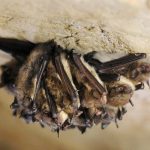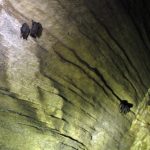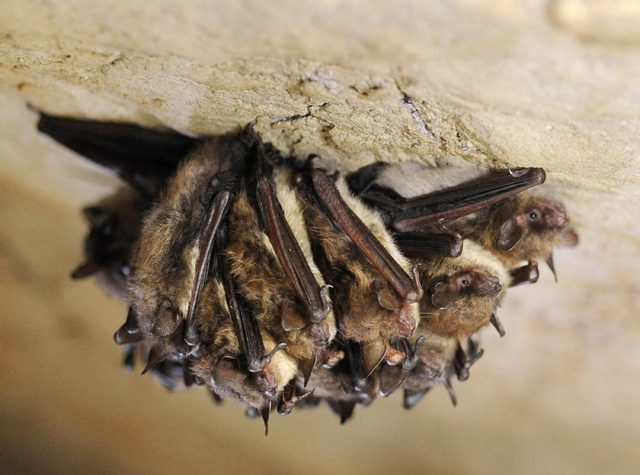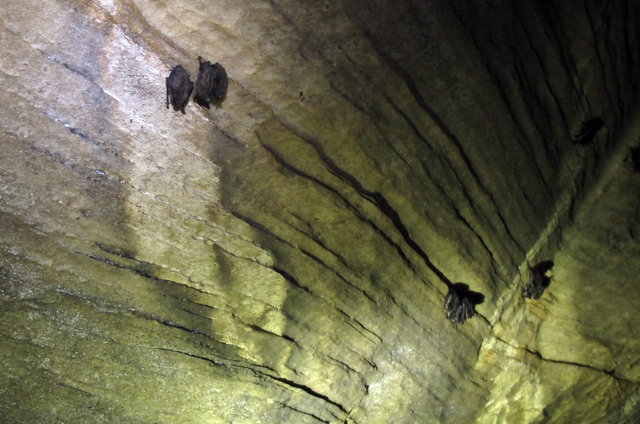Bat-killing disease found in Washington state, first in West


SEATTLE (AP) — A fungal disease that has killed millions of bats nationwide has spread to Washington state, the first time white-nose syndrome has turned up in the western United States, federal wildlife officials said Thursday.
Testing verified the disease in one bat found about 30 miles east of Seattle. The disease does not affect people or other animals, but bats are valuable because they eat mosquitoes and other insects that damage trees and commercial crops.
The news is concerning, though not entirely surprising because the fungal disease spreads rapidly, wildlife officials say. It has killed more than 6 million hibernating bats in 28 states and five Canadian provinces since it was first documented nearly a decade ago in New York. Previously, white-nose syndrome had been detected only as far west as Minnesota.
“We’ve been bracing for such a jump,” Jeremy Coleman, the U.S. Fish and Wildlife Service’s syndrome coordinator, told reporters during a conference call.
Finding the disease in one bat suggests others could be infected, he added. The disease was detected in a little brown bat, one of seven species confirmed with the syndrome.
But it is not clear how long the fungus has been present in the Pacific Northwest, where it came from and how many other bats are infected.
“At this point, we don’t know where the infected bat may have spent the winter, but it seems likely that it was somewhere in the central Cascades,” said Katherine Haman, a veterinarian with the Washington Department of Fish and Wildlife.
Hikers found a sick bat in early March and took it to an animal shelter, where it died two days later. State wildlife officials plan to monitor the area and urge people to report dead or sick bats.
The bat found in Washington likely belongs to a western subspecies of the little brown bat population, suggesting that it is unlikely to have come from the East, Coleman said. Unlike on the East Coast, the bats in Washington are more often found in rock crevices, trees and buildings, rather than caves.
The syndrome is named for fuzzy white growth that appears on the noses of bats. It is transmitted primarily from bat to bat, although people can carry fungal spores on their clothing, shoes or caving gear.
State, federal, tribal and other groups are trying to figure out how to stop the spread of the fungus and to reduce the threat of the disease.
Scientists have been researching treatments, including changing the climate in hibernation areas to slow fungal growth and vaccines. Some limited field trials of biological treatments also are expected this year, federal officials said.



